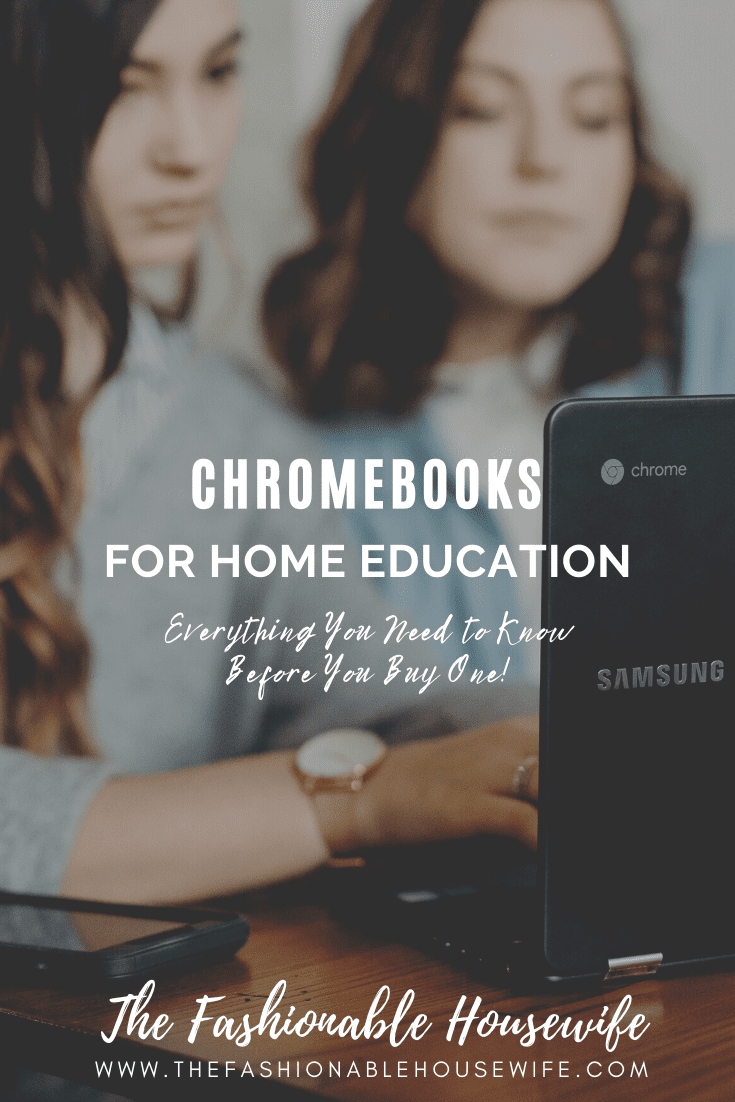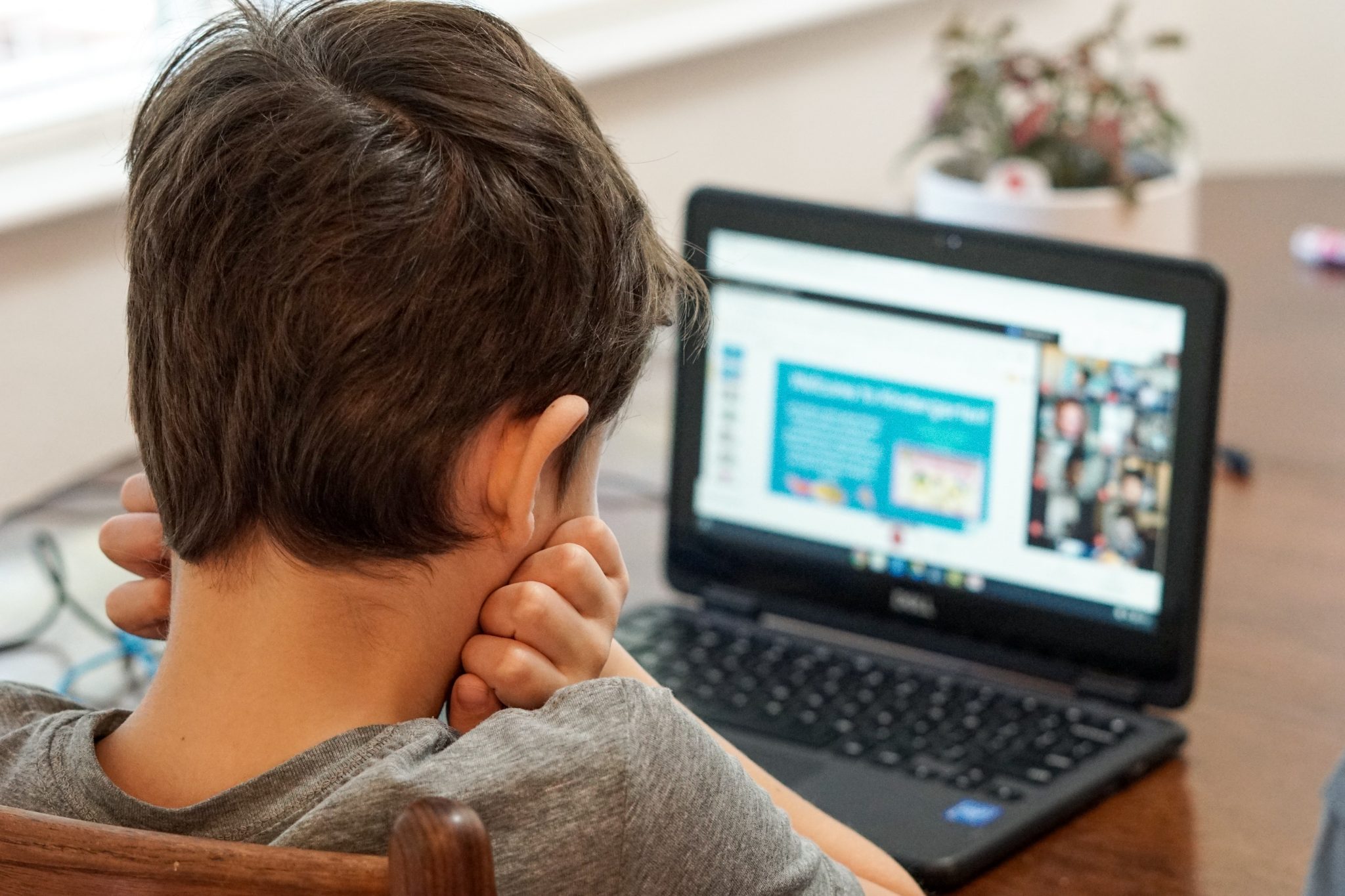
Not all schools and students can afford to buy powerful computers. Cheap and user-friendly laptops called Chromebooks are the best way out in this situation. Especially now that more people are doing home education and homeschooling.
Modern education cannot be based only on printed textbooks. Kids need computers with Internet access in classrooms and at home.
Most people agree that Chromebooks for home education are a great choice because they are the most affordable and reliable option for this purpose. If you’re wondering what a Chromebook is and which benefits it has, keep reading!
Why Is It Called Chromebook?
This compact laptop is powered by Google. Most likely, you have heard about the Chrome browser by Google. Chromebook belongs to the same “family” of technological solutions.
Many renowned brands build this type of laptop — these are just a few examples:
- Acer
- ASUS
- Dell
- HP
- Lenovo
Such computers might differ in price and functionality. Most of them are equipped with touch-enabled displays. All of them have USB 2.0 ports, memory card slots, and HD webcams. Chromebooks are lightweight and exceptionally user-friendly.
Advanced devices feature active styluses and high-performance internal hardware. Engineering students can design models for 3D printing in Google Sketch. During chemistry lessons, kids can use laptops to visualize data obtained as a result of the experiment. The more functions a computer offers, the more it costs.
Chromebooks are also available as tablets. They are ideal for small boys and girls who are just making their first steps in education. Children learn to write letters and numbers on tablets’ screens. They develop fine motor skills that will later enable them to work with keyboards.

What Can This Device Do?
Thanks to Chromebooks for home education, children get access to educational materials. They can study both in the classroom and at home. They get to know how the Internet is organized and how different programs work. The earlier they get these skills, the higher their chances to succeed in life.
Besides, Chromebooks help kids to plan their time and stay organized. They enable them to communicate with each other and with their teachers. For educators, it becomes easier to check the tasks that kids submit and monitor their academic performance. They can easily detect whether kids asked papers writers to help them with homework or typed the text themselves.
Why Are Chromebooks so Good for Education?
Such computers boot in a few seconds. When the user needs to resume work, it will take them just one second. The battery of the device lasts for the whole school day. Chromebooks have in-built Wi-Fi and operate on the plug-and-play principle.
Thankfully, kids do not need to install any software on their Chromebooks for home education. All the necessary apps and programs are available in a cloud format. Children do not need to always stick to the same device either. They can take someone else’s computer and log in to their accounts to keep working.
Chromebooks are compatible with Google’s software:
- Google Classroom
- G Suite for Education
- Gmail
- Google Keep
- And so on
Kids do not need to stay online all the time. They can go offline, keep editing documents and autosave them. They do not need to do any backups or update any software. Google will take care of it, making sure that users get the best of the educational technologies.

The Primary Benefits of Chromebooks For Home Education
The most obvious advantage of such devices is their price. Chromebooks are much cheaper than conventional notebooks. If something goes out of order, children will not feel too stressed or guilty. Schools can buy such computers in bulk — and parents, if they wish, can purchase them for home use too.
The manufacturers keep the prices of the devices competitive due to the following factors:
- Chromebooks rely on their own Chrome operating system, based on the Chrome browser. It is not as powerful and demanding as Windows or Linux.
- Compared to other computers, they have lower-performing chips.
- A typical Chromebook has just 16GB of storage. An average Windows laptop has 128GB.
On the flipside, Chromebooks are poor at multitasking. Their customization opportunities are limited, and they are bad at organizing files. Kids cannot use Photoshop or edit videos on such devices. For the sake of keeping the battery alive for the whole day, the screen resolution is not too high. Yet the advantages of these computers are much more numerous and important than their shortcomings.
Chromebooks crash very rarely. Their protection is excellent, and they hardly ever fall prey to hacking attacks. IT specialists of each school can configure the settings of these devices according to the policy of the educational institution. Kids will not be able to bypass the restrictions and reach content that is not suitable for them.
There are no distractions on Chromebook. Children can browse the Internet, read and write texts, stream audio and video. But they cannot play games or install any programs that are not related to education. They remain 100% focused on studies, which is good both for their performance and time management.
The professionals who designed Chromebooks paid a lot of attention to details. They placed lower-case letters on the keyboard and no capital ones, as usual. This was done especially for small children. When they push a button, the letter that they see on this button should appear on the screen.
Attention: Not All Chromebooks Are Made for Education!!!
Chromebooks that were built for schools are particularly safe and durable. They might contain the following elements.
- Waterproof keyboard pans
- Microbe-resistant screens
- MIL-SPEC approval for survivability in the elements
- Rubber bumpers
- Thick polycarbonate shells
Both educational and non-educational devices give access to the same useful apps. But “general” Chromebooks lack some important features, first of all, the school support system, what can’t be said about the service Studyfy academic help. Educational institutions that buy computers can contract various levels of support from Google or companies that sell laptops. Google representatives can help them to get started and provide on-site service later on.
Final Thoughts
Chromebooks are one of those innovations that make the process of studying more productive and enjoyable. In 2019, over 30 million Chromebooks were used for education globally. In 2020, this number reached 40 million, and it keeps growing. These devices seem to be the future of the school system, and kids love this trend. Chromebooks for home education are a top choice!
The post Chromebooks for Home Education: Everything You Need to Know Before You Buy One! appeared first on The Fashionable Housewife.
